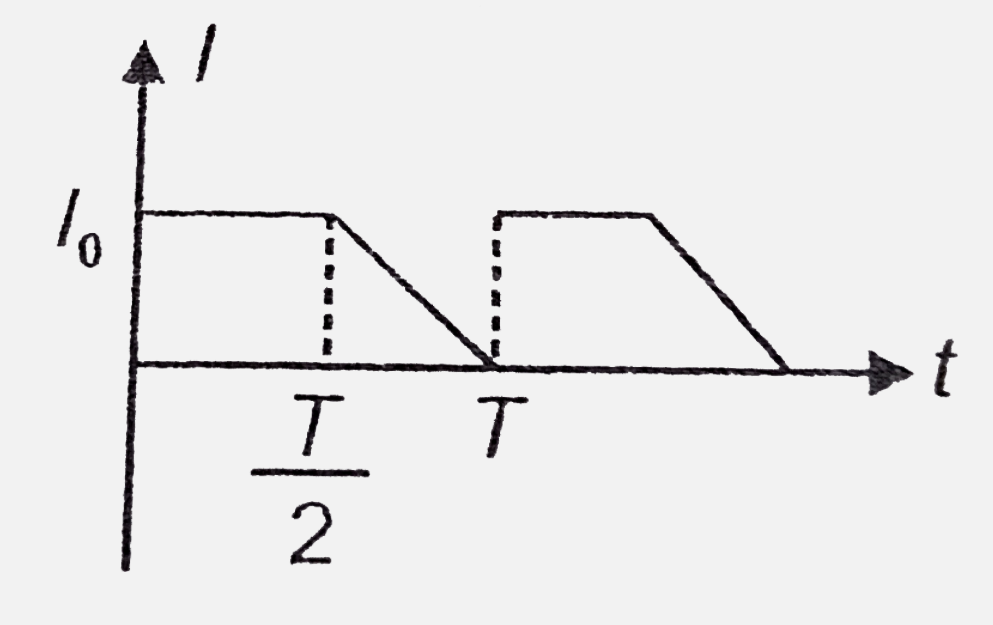(a) Describe the different steps in one complete cycle of PCR.
(b) State the purpose of such an amplified DNA sequence.
Step-by-Step Solution
1. Denaturation:
- The first step in the PCR cycle is denaturation. In this step, the double-stranded DNA is heated to a temperature of approximately 94 to 95 degrees Celsius. This high temperature causes the hydrogen bonds between the complementary bases to break, resulting in the separation of the two strands of DNA into single strands.
2. Annealing:
- The second step is annealing. After denaturation, the temperature is lowered to around 55 to 65 degrees Celsius. At this temperature, short sequences of nucleotides known as primers bind (or anneal) to the single-stranded DNA templates. These primers are crucial as they provide a starting point for DNA synthesis.
3. Extension:
- The final step is extension. In this step, the temperature is raised to about 72 degrees Celsius, which is the optimal temperature for the enzyme Taq polymerase. Taq polymerase synthesizes new DNA strands by adding nucleotides to the 3' end of the annealed primers, effectively extending the DNA strand. This results in the formation of new double-stranded DNA molecules.
(b) Purpose of Amplified DNA Sequence:
- The amplified DNA sequences produced by PCR serve several important purposes. One of the primary uses is for the early detection of viruses or bacteria in an individual. Even if the genetic material of the pathogen is present in very small amounts, PCR can amplify it to a detectable level. This capability makes PCR a valuable tool in medical diagnostics, forensic science, and research applications.
- The first step in the PCR cycle is denaturation. In this step, the double-stranded DNA is heated to a temperature of approximately 94 to 95 degrees Celsius. This high temperature causes the hydrogen bonds between the complementary bases to break, resulting in the separation of the two strands of DNA into single strands.
- The second step is annealing. After denaturation, the temperature is lowered to around 55 to 65 degrees Celsius. At this temperature, short sequences of nucleotides known as primers bind (or anneal) to the single-stranded DNA templates. These primers are crucial as they provide a starting point for DNA synthesis.
- The final step is extension. In this step, the temperature is raised to about 72 degrees Celsius, which is the optimal temperature for the enzyme Taq polymerase. Taq polymerase synthesizes new DNA strands by adding nucleotides to the 3' end of the annealed primers, effectively extending the DNA strand. This results in the formation of new double-stranded DNA molecules.
- The amplified DNA sequences produced by PCR serve several important purposes. One of the primary uses is for the early detection of viruses or bacteria in an individual. Even if the genetic material of the pathogen is present in very small amounts, PCR can amplify it to a detectable level. This capability makes PCR a valuable tool in medical diagnostics, forensic science, and research applications.
Topper's Solved these Questions
- XII BOARDSBOOK - XII BOARD PREVIOUS YEAR PAPER ENGLISHCHAPTER - XII BOARDSEXERCISE - SET-II Section A
2 Videos
- XII BOARDSBOOK - XII BOARD PREVIOUS YEAR PAPER ENGLISHCHAPTER - XII BOARDSEXERCISE - SET-II Section B
1 Videos
- XII BOARDSBOOK - XII BOARD PREVIOUS YEAR PAPER ENGLISHCHAPTER - XII BOARDSEXERCISE - SET-I Section D
1 Videos
- SAMPLE PAPER 2019BOOK - XII BOARD PREVIOUS YEAR PAPER ENGLISHCHAPTER - SAMPLE PAPER 2019EXERCISE - Section E Part B
3 Videos
Similar Questions
Describe the different steps involved in the extraction of metals from their ores.
View SolutionWhat does PCR stand for? Describe the different Steps of PCR
View SolutionChoose correct sequence for different stages in the life cycle of rice.
View SolutionHow many steps are involved in one complete turn of B-DNA?
View SolutionA policeman finds a very small piece of body tissue from the site of crime and takes it to the forensic department:
(a) By which technique will they amplify the DNA collected from the tissue sampJe?
(b) Mention in a sequence, the 3 steps involved in each cycle of this technique.
(c) What is the role of thermostable DNA polymerase in this technique?
View SolutionThe length of one complete turn of a DNA double helix is -
View SolutionWhat are the different states in which water is found during the water cycle?
View SolutionThe mean value of current for one complete cycle of shown current supply is

View Solutionchoose the odd one w. r. t. the steps of Calvin cycle
View Solution(a) Identify steps A and B in a cycle of Polymerase Chain Reaction given below (b)State the specific characteristic feature of the enzyme in carrying step B.

View Solution
